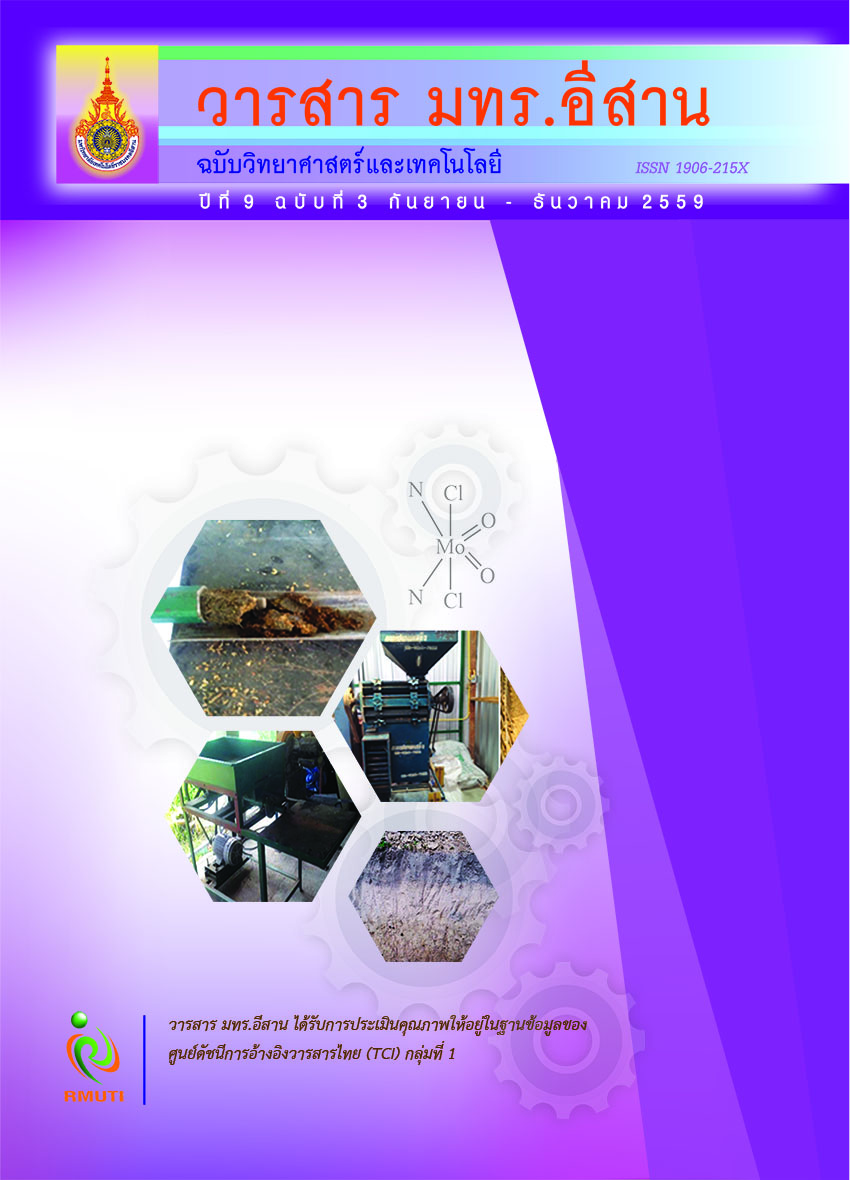การประเมินคุณภาพของนํ้าดื่มบรรจุขวดปิดสนิทที่จำหน่ายในจังหวัดพิจิตร ประเทศไทย Quality Assessment of Drinking Water in Sealed Bottles Sold in Phichit Province, Thailand
Main Article Content
Abstract
บทคัดย่อ
การศึกษาครั้งนี้ได้ทำการประเมินคุณภาพทางด้านกายภาพ ค่าความเป็นกรด - ด่าง และทางจุลชีววิทยา
ของน้ำดื่มบรรจุขวดชนิดพลาสติกใสและขุน่ ที่ผลิตในจังหวัดพิจิตร ประเทศไทย โดยทำการวิเคราะหต์ ัวอยา่ ง
นํ้าดื่มบรรจุขวดปิดสนิทชนิดพลาสติกใสและพลาสติกขุ่นจำนวน 28 และ 15 ตัวอย่าง จากผลการศึกษา
พบวา่ ตัวอยา่ งน้ำดื่มบรรจุขวดปดิ สนิททุกตัวอยา่ งมีคา่ ความเปน็ กรด - ดา่ งและคา่ ของแข็งละลายน้ำทั้งหมด
(Total Dissolved Solid: TDS) อยู่ในช่วง 6.50 ± 0.00 ถึง 8.14 ± 0.01 และ 2.00 ± 0.00 ถึง
198.00 ± 0.00 มิลลิกรัมต่อลิตร และพบปริมาณแบคทีเรียกลุ่มโคลิฟอร์มและฟีคัลโคลิฟอร์มน้อยกว่า
2.2 MPN/100 มิลลิลิตร รวมทั้งตรวจไม่พบ E. coli และ แบคทีเรียกลุ่มเฮทเทอโรโทรปทั้งหมด
จากการศึกษาครั้งนี้พบว่าตัวอย่างนํ้าดื่มบรรจุขวดปิดสนิททั้งหมดทั้งชนิดพลาสติกใสและขุ่น ผ่านเกณฑ์
มาตรฐานน้ำดื่มในภาชนะบรรจุที่ปดิ สนิทที่กำหนดโดยกระทรวงสาธารณสุขของประเทศไทย ดังนั้นการบริโภค
นํ้าดื่มบรรจุขวดปิดสนิทที่ผลิตในจังหวัดพิจิตรจึงมีความปลอดภัยต่อผู้บริโภค
Abstract
In this study, assessment of physical, pH and microbiological qualities of bottled drinking
water produced in Phichit province, Thailand were investigated. Twenty eight of clear
plastic bottles and fifteen opaque plastic bottles were analyzed. Results showed that
pH and TDS value of all samples were in a range of 6.04 ± 0.03 to 7.61 ± 0.01 and 2.00 ± 0.00
to 198.00 ± 0.00 mg/L. Coliform and fecal coliform bacteria in all tested samples were
less than 2.2 MPN/100 mL respectively. E. coli and total heterotrophic bacteria were
not found in all samples. After assessment of tested qualities of all samples was
monitored, their quality were met the criteria for bottled drinking water declared by
Ministry of Public Health of Thailand. Therefore, consumption of bottled drinking
water distributed in Phichit Province could be considered as safe.
Article Details
References
[2] Bartram, J. and Ballance, R. (1996). Water Quality Monitoring: a Practical Guide to the Design and Implementation of Freshwater Wuality Studies and Monitoring Programmes. CRC Press
[3] Tryland, I., James, D.B. and Skjanes, K. (2003). Rapid Coliform Detection System. US Patent No. US 6,511,819 B2
[4] Kasetsart University Research and Development Intitute. (2002). Water and Analysis.
Bangkok: Thai agriculture Co-operative Federation of Thailand
[5] Social Security Office. (2011). Drinking Water Contaminated with Bacteria, Health Hazards Should not be Overlooked. Access (28 October 2012). Available (https://variety.teenee.com)
[6] U.S. Food and Drug Administration. (2010). Bacteriological Analytical Manual Appendix 2 Most Probable Number from Serial Dilutions. Access (24 March 2014). Available https://www.fda.gov/food/foodscienceresearch/laboratorymethods/ucm109656.htm)
[7] Junwattana, A. (2008). Agro-Industry Microbiology Laboratory: 10 Detection of Coliform Bacteria and E.coli. Access (28 October 2012). Available (https://www.agro.kmutnb.ac.th/e-learning/521302/10.php)
[8] Nimrat, S. and Vuthiphandchai, V. (2014b). Standard of Opaque Plastic Bottled Drinking Water Distributed in Nan Province. RMUTTO Journal. Vol. 7. No. 2. pp. 104-111
[9] Nimrat, S., Supannapan, P. and Vuthiphandchai, V. (2015). Quality of Bottled Drinking Water Distributed in Kanchanaburi Province, Thailand. Journal of Science and Technology Mahasarakham University. Vol. 34. No. 2. pp. 63-73
[10] Nimrat, S. and Vuthiphandchai, V. (2014a). Physical and Microbiological Qualities of Clear Bottled Drinking Water Distributed in Nan Province. Journal of Science and Technology, Ubon Ratchathani University. Vol. 16. No. 3. pp. 57-64
[11] American Public Health Association. (2012). Standard Methods for the Examination of Water and Waste Water. (22nd ed.). Edition, American Public Health Association
[12] Pavlov, D., De Wet, C. M. E., Grabow, W. O. K. and Ehlers, M. M. (2004). Potentially Pathogenic Features of Heterotrophic Plate Count Bacteria Isolated from Treated and Untreated Drinking Water. International Journal of Food Microbiology. Vol. 92. No. 3. pp. 275-287
[13] Varakamin, S. (2014). Water Purifier that Provides More than “Clean Water”. Access (24 March 2014). Available (https://sites.google.com/site/8stagewater/)
[14] World Health Organization. (2003). pH in Drinking-Water. Access (24 March 2014).
Available (https://www.who.int/water sanitation_health/dwq/chemicals/en/p)
[15] Nimrat, S., Banjertjaradlert, H. and Vuthiphandchai, V. (2014). Assessment of Quality of Clear Plastic Bottled Drinking Water Distributed in Chon Buri Province. Journal of Science and Technology Mahasarakham University. Vol. 33. No. 5. pp. 454-459
[16] Banjertjaradlert, H. Vuthiphandchai, V. and Nimrat, N. (2014). Assessment of Quality of Bottled Drinking Water Produced People’s Republic of China, Republic of Korea and French Republic. Journal of Science and Technology Mahasarakham University. Vol. 33. No. 3. pp. 242-248
[17] Tahir, A. (2011). Microbial Examination of Bottled Water Available in Local Market of Lahore. Journal of Applied Pharmacy. Vol. 3. No. 4. pp. 431-437

